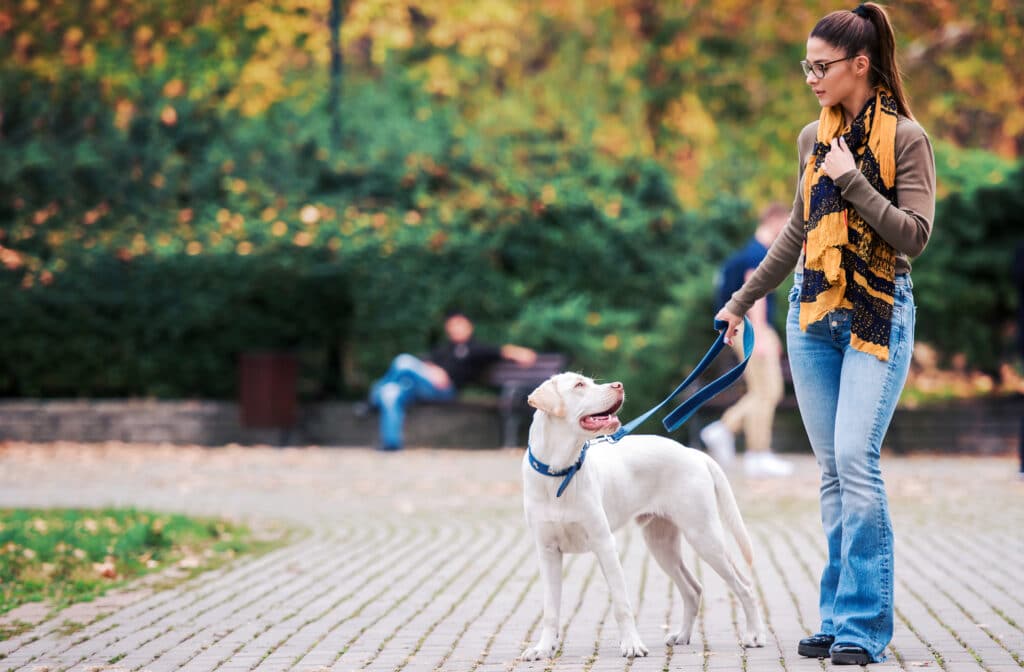Why is my dog reacting to cars and other moving things?
It’s easy to feel embarrassed when your dog is reacting to passing cars, bikes or other moving things, but you’re not alone, and it can be fixed!
Dogs react to movement for different reasons:
🐶 Instinct – Herding breeds like Border Collies and Australian Shepherds are wired to chase.
😨 Fear or uncertainty – Some dogs find fast-moving objects unpredictable and scary.
⚡ Overexcitement – High-energy dogs can struggle to regulate their impulses.
No matter the reason, your goal is to teach your dog to disengage and stay calm instead of reacting. This starts with understanding the world from your dog’s perspective—a core part of the OneMind Dogs method. When we train based on what makes sense to the dog, we make learning easier and more enjoyable for both of us.
🔗 Read more: Why Understanding Your Dog’s Perspective Makes You a Better Trainer
How to help your dog stop reacting to cars and movement
1. Find their comfort zone
If your dog reacts when a car is too close, start training at a safe distance—far enough away that they notice the car but don’t bark or lunge. Over time, gradually decrease the distance as they build confidence.
2. Reward calm behavior
The moment your dog sees a moving object but remains calm, mark (“yes!” or click) and reward. This helps them associate movement with something positive instead of reacting with barking or chasing.
3. Keep them engaged
Before your dog gets a chance to fixate, redirect their focus with a fun game, trick, or training cue:
🎾 Ask for a hand touch or eye contact.
🦴 Scatter treats in the grass for a sniffing game.
🐕 Turn and walk in the opposite direction while rewarding engagement.
🔗 Want to teach your dog focus and engagement? Check out these 6 tips for socializing your puppy.
4. Move before they react
If you see a car approaching and expect your dog to bark, increase the distance before the reaction happens. Moving away before they get overstimulated helps prevent the behavior from escalating.
5. Set up controlled training sessions
If possible, practice controlled exposure by standing at a safe distance near a road with light traffic. Reward calm behavior and end the session before your dog becomes overwhelmed. Short, positive sessions work best!
🔗 Learn more about puppy socialization and how to go about it.

Want more socialization advice?
Proper socialization is key to preventing reactivity. In our OneMind Dogs Puppy Training program, we teach you how to introduce your puppy to new experiences in a way that builds confidence—without fear or frustration.
🐾 Join the program here: OneMind Dogs Puppy Training
Helping your dog stay calm around cars and other moving things is a process, not an instant fix. With patience, consistency, and the right training, you’ll be on your way to stress-free walks and a more focused dog!
👉 Does your dog react to movement? Let us know what’s worked for you in the comments!

https://www.oneminddogs.com/blog/how-to-stop-your-dog-reacting-to-cars-and-moving-things/
